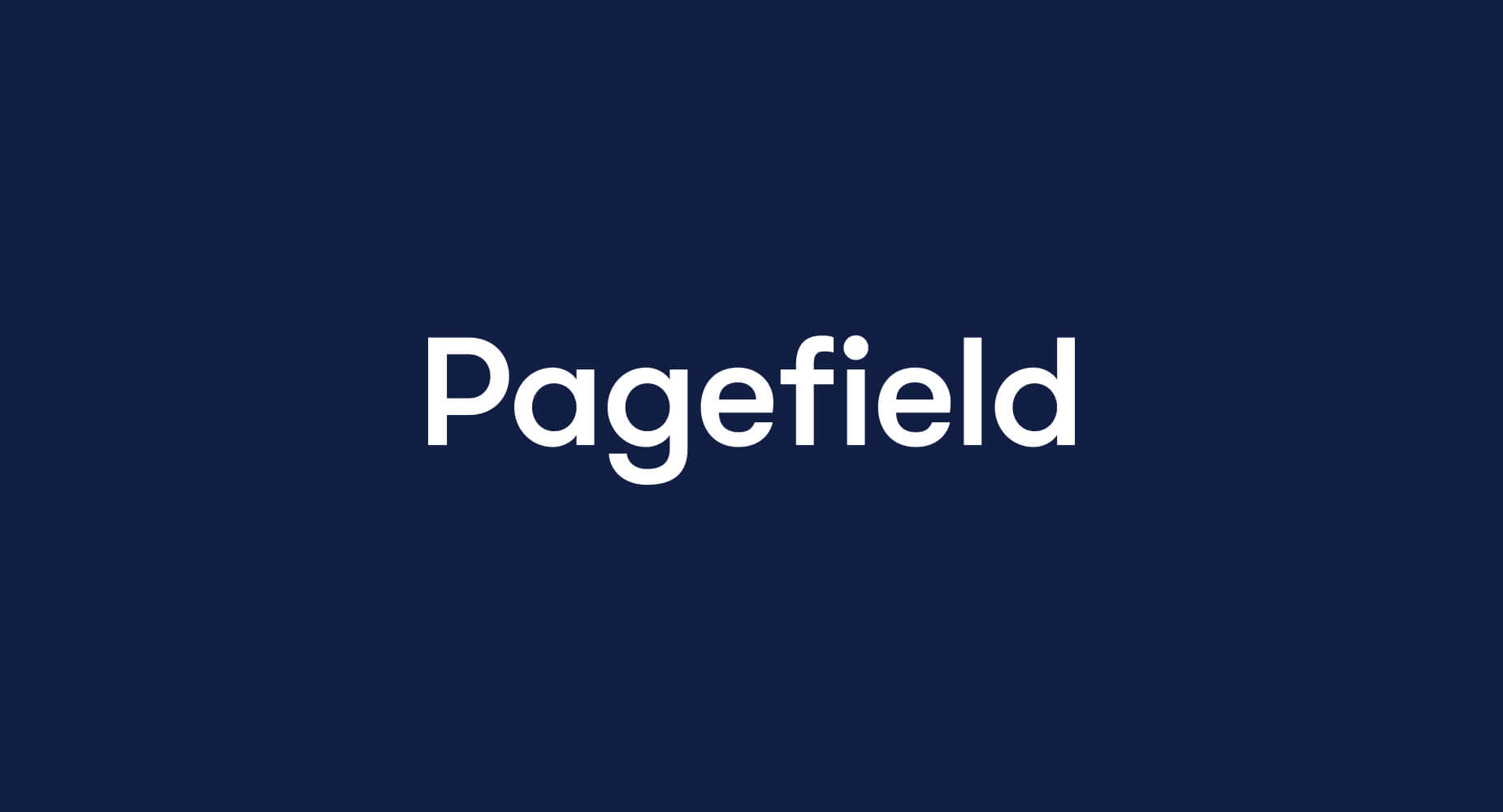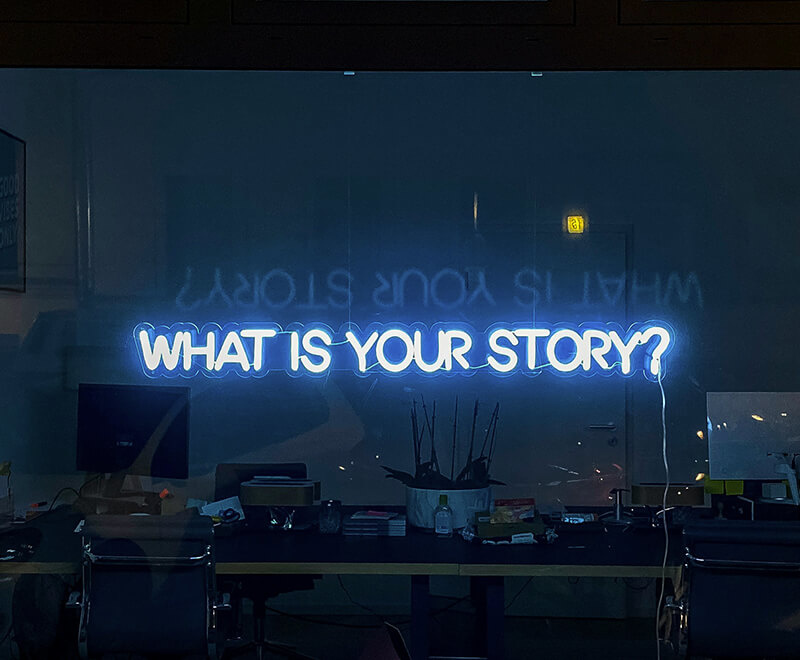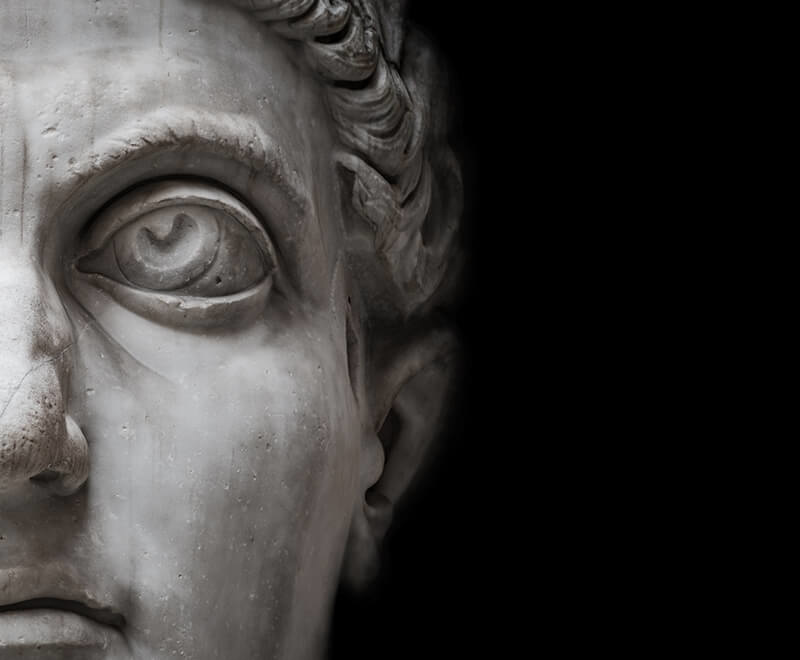London’s night owls were finally able to use the long-awaited Night Tube service this weekend. To celebrate, the London Evening Standard launched a one-off special edition newspaper: ‘Late Night Standard’. Ellie Riddles asks whether this stunt could indicate the beginning of a permanent feature on the Night Tube.
What’s happened?
To celebrate the launch of the night tube service in London, the Evening Standard printed a special edition of the paper – Late Night Standard. 80,000 print editions of the special supplement were handed out at key central London tube stations and a branded micro-platform was created on the standard.co.uk website for the launch weekend.
The special supplement, sponsored by Vodafone, was approximately a third of the length of usual newspaper. Taking heed of popular weekly title TimeOut London, the Late Night Standard looked at the best after-hours venues and places to be along the Victoria and Central line night-tube route. The Mayor of London also made a guest appearance, in a full-page interview where he talked, again, about the benefits of the night-tube to London’s economy.
Why’s it important?
The night-tube has been a contentious issue in the capital for a number of years now. Londoners have experienced strike after strike by tube drivers about the implementation of a 24-hour weekend service, and the Evening Standard has chronicled the saga from the beginning. After many negative headlines for TfL it was refreshing to see London’s main paper sharing in the excitement for the start of the new night service with its readers.
It’s also interesting that this one-off edition was more consumer-focused; filling the void that TimeOut London print magazine leaves at the weekend. Now we will have to wait and see whether executives at the Evening Standard see the value in continuing to plug this late-night print media void, and what this plug would look like in the longer term. Is there even any value in providing the extra content when many using the Night Tube may be too, er, tired and emotional to get on the right train, let alone read a newspaper?
However, it may be the case where editorial is trumped by advertorial demand. Vodafone’s sponsorship of the Late Night Standard must have cost some pretty pennies – a cover wrap and four pages of sponsored content does not come cheaply. Advertisers – especially food and drink brands looking to target hordes of hungry revelers heading home – will no doubt be calculating the pros and cons of extended advertising opportunities in late-night papers. And with this additional revenue, the Evening Standard may be more willing to consider adding an extra edition to their newspaper for Saturdays… if they can afford the extra staff hours, of course.
What’s the reaction been?
The announcement of the special edition was positively received in the trade media, including Campaign and Press Gazette.
The biggest reaction to the Late Night Standard has been on social media, where it received positive reviews and accolade. It’s safe to say, however, that the Late Night Standard was eclipsed by the main event it was celebrating; with less than a dozen tweets on the evening paper and over 145,000 for #nighttube on launch night.
Not the most explosive launch ever – but then again, this was a one-off edition and it’s almost certain that executives at the Evening Standard were looking to complement the night tube launch, rather than overshadow it.
Best headline?
Guy Pewsey’s column wins for enthusiasm:
Guy Pewsey: There’s no excuse now not to embrace your inner night owl
What’s next?
Now the night tube has arrived, there is a seemingly perfect opportunity for the Evening Standard to extend its local media monopoly to the additional 200,000 passengers TfL are projecting will use the Night Tube service every weekend. This morning, executives at the Evening Standard will have no doubt been chasing for figures to see exactly how successful the one-off edition was.
While the Metro, which dominates early-morning news, could look to wade into the mix, the Standard is already in pole position, being title-holders of the weekday evening news monopoly.
Additionally, now that its parent company ESI Media has digitalised the Independent and sold the i to Johnson Press, there may some money in the bank to rollout a night-time, third edition of the paper every Friday, keeping readers updated into the night – especially if they last longer than their smartphone batteries and need to consume traditional, rather than digital, media.




